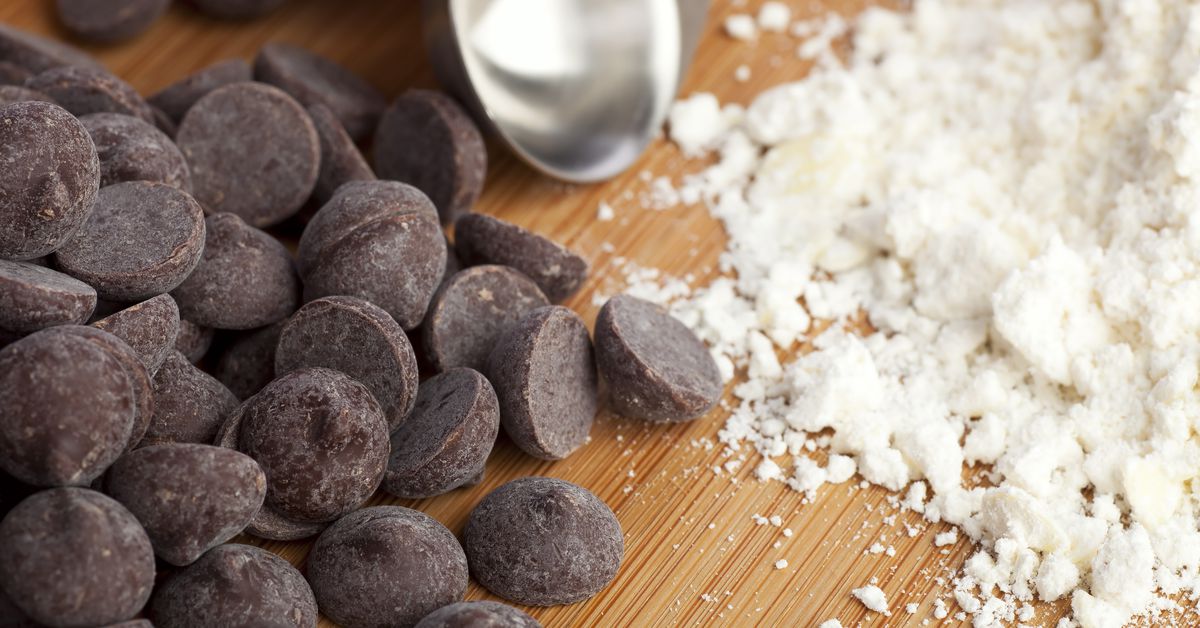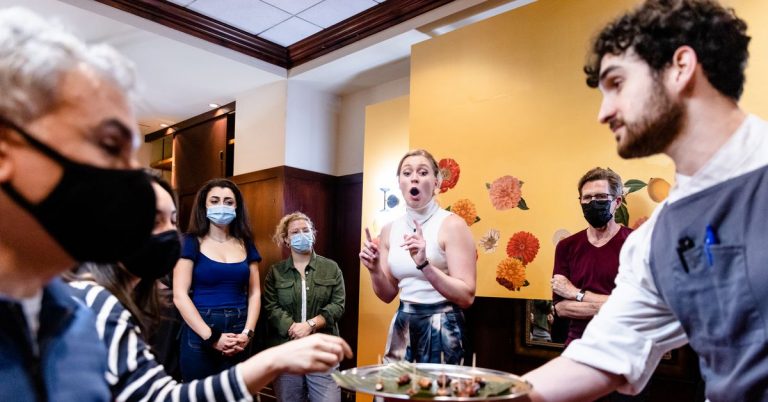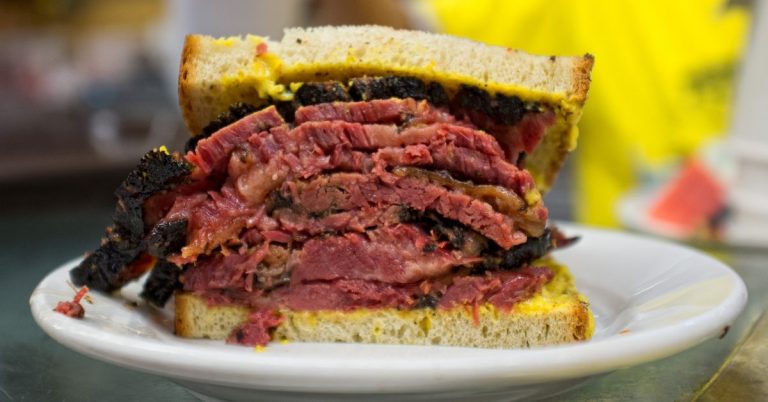The Best Known Chocolate Chip Cookie Origin Story Is a Myth
Ruth Wakefield was a highly accomplished person: a college-educated dietician, teacher, chef, and the founder and operator of Toll House Inn, one of New England’s most famous restaurants. Then there’s what she’s most known for, the “invention” of the chocolate chip cookie, which is often described as a (very lucky) accident.
But the true story of America’s favorite cookie — and Wakefield’s role in it — is much more complicated. Wakefield almost definitely didn’t invent it, but she did popularize it, and it’s incorrect (and patronizing to Wakefield) to imply that the chocolate chip cookie’s rise to glory was any kind of accident.
Though it’s hard to imagine life without the chocolate chip cookie, in reality it has only been keeping milk company since the 1930s. But who was the first to make them? It’s a hard question to answer, due largely to the outsized fame of Toll House and Wakefield. This week, Gastropod co-hosts Cynthia Graber and Nicola Twilley get to the bottom of it in their episode, “The Way the Cookie Crumbles.”
With her husband, Wakefield started Toll House Inn in Whitman, Massachusetts, in 1930, in the heat of the Great Depression. Despite such risky timing, the restaurant was a success especially among travelers, thanks to its location between Boston and Cape Cod. As cookbook author and chocolate chip cookie fan Carolyn Wyman told Gastropod, it soon became the spot for celebrities to visit when they were headed for the Cape — Joseph Kennedy Sr. was a big fan, and Cole Porter, Gloria Swanson, Joe DiMaggio, and Eleanor Roosevelt were among the many stars to dine there.
Wakefield’s desserts were very important at Toll House Inn, with standout dishes like a three-inch tall lemon meringue pie, Indian pudding, baba au rhum, and the rich butterscotch pecan rolls served in every breadbasket. Butterscotch cookies dotted with chunks of semi sweet chocolate were served as a complement to ice cream and eventually people started asking for the recipe, which Wakefield gave freely. She also published it in her first cookbook, under the name “Toll House Chocolate Crunch Cookies.” The originals were thin and crispy, unlike the squidgy, gooey cookies we more often see today.
As the recipe spread, Nestle began seeing sales of their semi-sweet chocolate bar (which had to be manually chipped up into small pieces for the recipe — hence the name “chocolate chips”) skyrocket. They approached Wakefield, who gave them permission to print her recipe on the bar wrapper as part of a promotional push to accompany the fourth edition of her iconic cookbook, the cookie recipe now renamed as “Nestle Toll House Chocolate Chip Cookies.” Before too long, they also began manufacturing chocolate morsels, the little teardrop-shaped “chips” we all know and love. The chocolate chips, Wyman points out, is ”the only highly successful food product that was made just for a specific recipe.”
As the chocolate chip cookie’s popularity grew, it acquired the legend that Wakefield created it by accident. There are several variations on this origin myth: that Wakefield ran out of nuts and substituted chocolate instead; that she somehow managed to spill a jar of chopped chocolate into a finished bowl of dough (this, in turn, was sometimes attributed to a mixer run amok); that she ran out of time to melt chocolate to add to the cookie mix and threw chunks in instead, hoping it would melt and permeate the mixture in the oven; or even that she breezily subbed in chocolate when she ran out of butter, hoping that the chunks of chocolate would melt and take its place.
But, for Wyman, who spoke to former Toll House employees as well as Wakefield’s daughter while researching The Great American Chocolate Chip Cookie Book, those kinds of slapdash accidents just don’t fit with Wakefield’s reputation for efficiency, attention to detail, and immaculate customer service. “They ran a tight ship,” Wyman says. More likely, it seems that Wakefield — a trained culinary professional who was known for her delicious desserts — developed the recipe on purpose. In fact, Wyman found a 1970s article in which Wakefield told a reporter that she came up with the recipe on a flight home from Egypt.
But while there’s no doubt that Ruth Wakefield deserves credit for popularizing the chocolate chip cookie and developing a recipe that’s still beloved today, her chocolate chip cookie was actually not America’s first. Stella Parks, pastry chef and author of BraveTart: Iconic American Desserts, found newspaper advertisements from as far back as 1928 — a decade before Wakefield published her own recipe — describing chocolate chip cookies for sale. By the 1930s, Parks told Gastropod, all the major supermarkets — “Bi-Rite, IGA, Kroger, etc.” — were regularly baking chips of chocolate in cookies and selling them.
According to Parks, it’s much more likely that the chocolate chip breakthrough came about more organically, as a variation of the popular drop cookie, the chocolate jumble. Some chocolate jumble recipes called for up to 2 cups of chocolate shaved into the dough. Grating that much chocolate on an old-fashioned rasp is frankly, as Parks points out, “a real pain in the butt” and so she suspects some cookie-makers decided to take a shortcut, and just chop up the chocolate bar into small chips instead. Just like that, the chocolate chip cookie was born, in a highly relatable combination of laziness and pragmatism.
Today, everyone from Nestle to CNN wrongly credits the chocolate chip cookie’s invention to Ruth Whitfield and a happy accident. It’s just one of the many cookie myths busted in the latest episode of Gastropod, in which Graber and Twilley learn about the world’s oldest cookies, discover the cookie’s starring role as the world’s first industrial food, and get to the bottom of the longest-running cookie feud: Hydrox vs. Oreo. Follow and subscribe for more.






